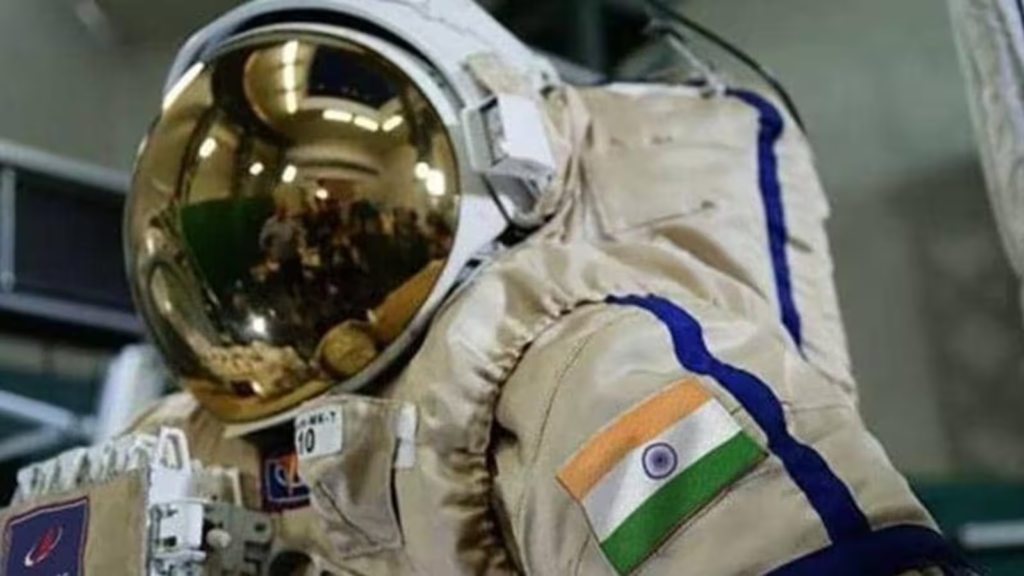ISRO Successfully Completes Human Rating of CE20 Cryogenic Engine for Gaganyaan Mission

Image Source: Hindustan Times
In a remarkable stride towards India’s space exploration ambitions, the Indian Space Research Organisation (ISRO) has achieved a crucial milestone by completing the human rating of its CE20 cryogenic engine. This achievement bolsters India’s bid to launch humans into space under the ambitious Gaganyaan mission.
The Gaganyaan mission, slated for launch in 2024-2025, aims to propel a crew of three astronauts into an orbit 400 km above Earth’s surface for a mission spanning three days, ultimately ensuring their safe return by landing in the Indian sea waters.
On Wednesday, ISRO announced the successful culmination of the human rating process for its CE20 cryogenic engine, marking a significant step forward in India’s space endeavors. The final round of ground qualification tests, including seven vacuum ignition tests conducted at the High Altitude Test Facility at ISRO Propulsion Complex, Mahendragiri, simulated flight conditions crucial for mission success.
To meet stringent human rating standards, four CE20 engines underwent a rigorous testing regimen, comprising 39 hot firing tests under various operating conditions. These tests, totaling an impressive cumulative duration of 8810 seconds, exceeded the minimum human rating qualification standard requirement of 6350 seconds, as stated by ISRO officials.
The ground qualification tests encompassed a spectrum of evaluations, including life demonstration tests, endurance tests, and performance assessments under nominal and off-nominal conditions pertaining to thrust, mixture ratio, and propellant tank pressure. With the successful completion of these tests, ISRO has paved the way for the utilization of the CE20 cryogenic engine in the Gaganyaan program with utmost confidence.
Moreover, ISRO has also concluded the acceptance tests of the flight engine earmarked for the first unmanned Gaganyaan (G1) mission, tentatively scheduled for the second quarter of 2024. This engine, slated to power the upper stage of the human-rated LVM3 vehicle, boasts a thrust capability ranging from 19 to 22 tonnes.
Team Profile

- News Writer
- Rays Roy, hailing originally from Wayanad, Kerala, now resides in Hyderabad. Having completed intermediate studies at Little Flower Junior College, Rays is currently a first-year student pursuing a BA in Digital Communication at The English and Foreign Languages University in Tarnaka.
Latest entries
 English7 March 2024Cargo Ship Attacked by Houthis Off Southern Yemen: Two Crew Members Killed
English7 March 2024Cargo Ship Attacked by Houthis Off Southern Yemen: Two Crew Members Killed English2 March 2024A Tale of Resilience: Gaza’s Unspoken Struggle
English2 March 2024A Tale of Resilience: Gaza’s Unspoken Struggle Business & Economy1 March 2024India’s Economy Gushes Ahead, Beats Expectations with 8.4% Growth
Business & Economy1 March 2024India’s Economy Gushes Ahead, Beats Expectations with 8.4% Growth English1 March 2024Tragedy Strikes Dhaka: Fire Claims 43 Lives and Leaves Dozens Injured
English1 March 2024Tragedy Strikes Dhaka: Fire Claims 43 Lives and Leaves Dozens Injured









